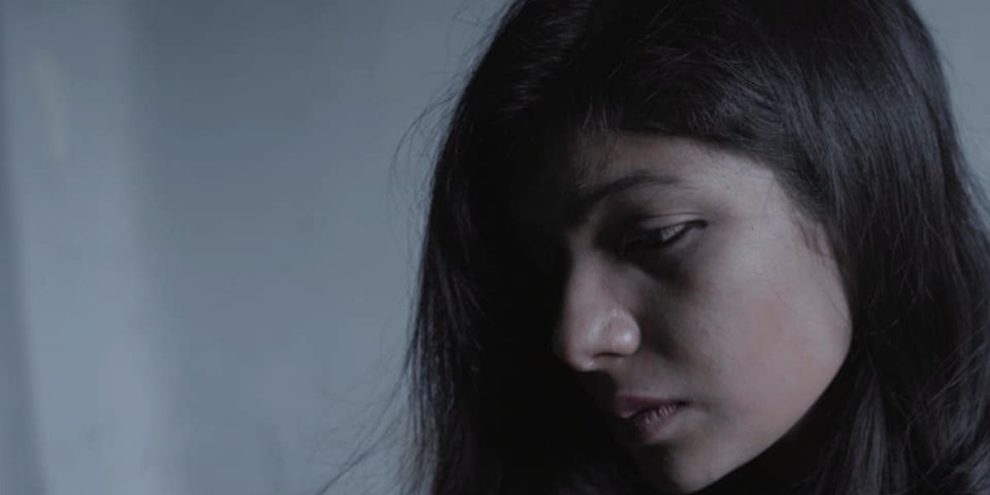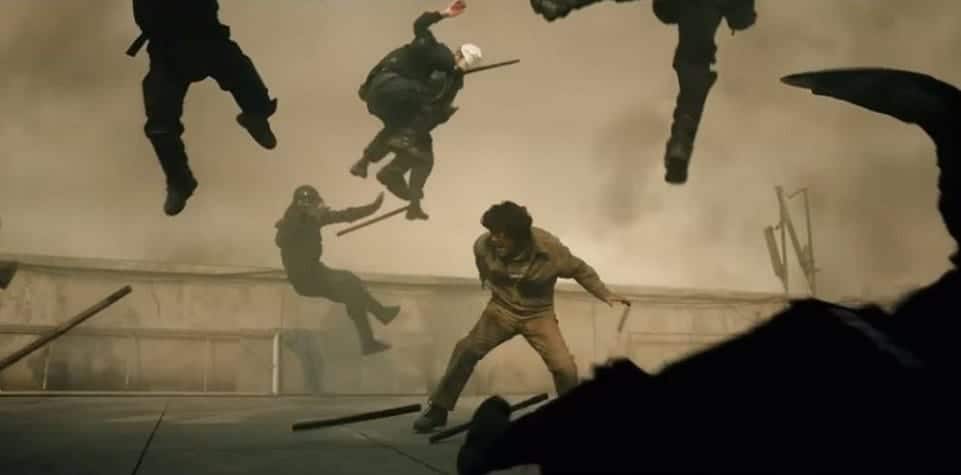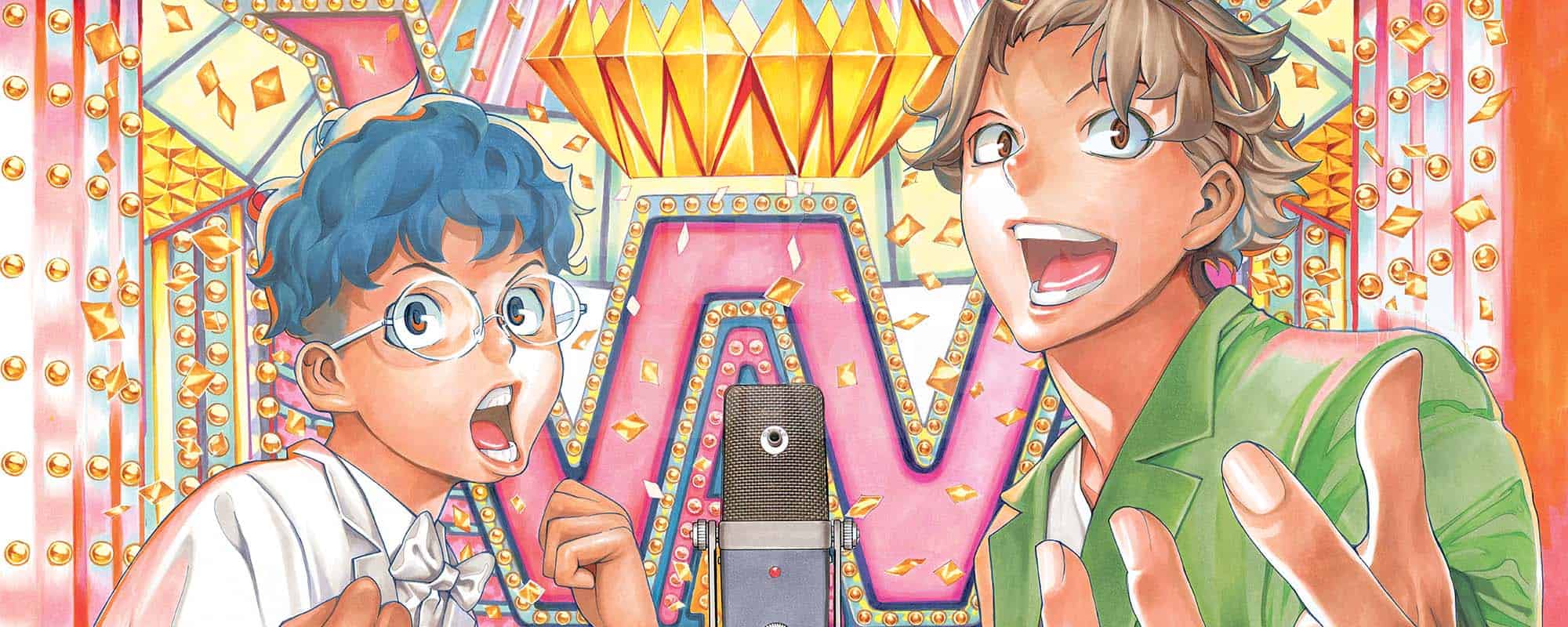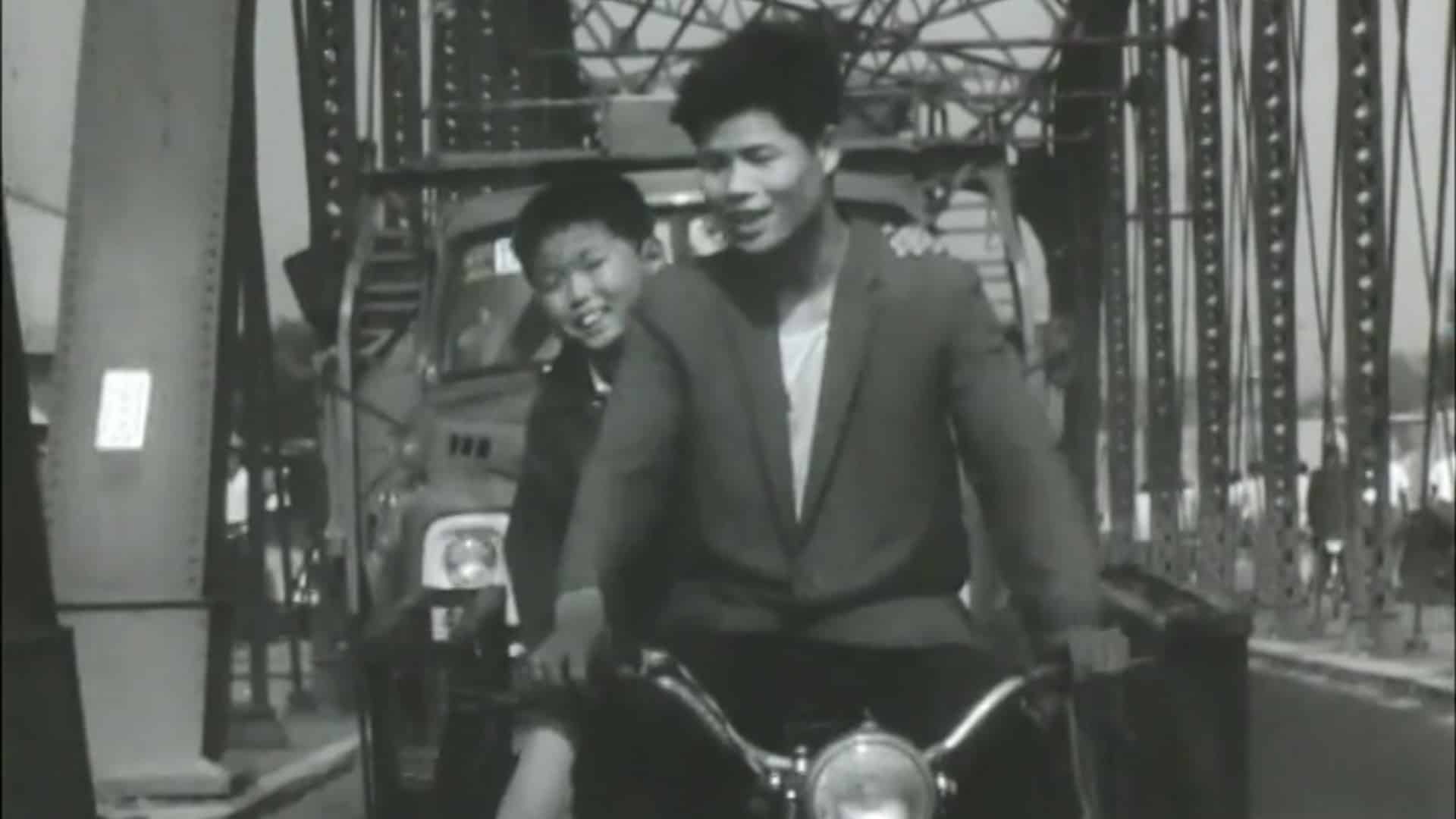“Jharokh aka Ventilator”, is a feature length film of silent genre speaking of the difference between the ‘need' to seek escapism and the ‘desire' to seek escapism. The film goes back to the 8 years of the Aila outbreak and the condition of people in Sundarbans; it describes the nature of survivors and how they are still dealing with it. The same is contrasted with a desolated house which details the story of three different individuals who seek escapism from the inner surroundings. They perceive that the outer world is greener.” (Official Synopsis)
“Jharokh aka Ventilator” review is part of the Submit Your Film Initiative

Expanding on the concept laid out in the short film “The Last Apple“, Aneek Chaudhuri's feature length “Jharokh” aims to further explore the themes of isolation and unrest among the lower class. However, where “The Last Apple” proved to be strong audio/visual experience with a challenging narrative, the expansion transforms the work into something different – losing some of the impact while gaining greater depth.
Told in three chapters, the feature silently explores the life of three different women all caught in a similar malaise – existing in moments of extreme disconnect and sorrow. Each segment benefits from the sense of feeling connected, creating unity through perceived suffering despite facing varying intensities of unrest. Consequently, the increasing severity of each chapter gives a sense of narrative build despite the free-flowing experimental nature of storytelling. This begs the question, at what point does personal suffering begin to manifest into tragedy? A question, which, “Jharokh” asks the audience to reflect on as the work flows from a dissociated depression into unfathomable suffering. If anything can be said about the work of Chaudhuri, it is that he is able to express great depth through simplicity – probing the audiences to form their own interpretations of the meditative work.

Being a visual storyteller, the cinematography and sound design of Chaudhuri's work is calculated yet free flowing. Allowing the viewer an intimate view of another, the angles give a sensation of a third viewer either peaking in from the windows or standing silently in the corner. Arguably, this cinematic approach only works in experimental cinema as the angels are not always congruent with traditional cinema but in this context gives the sensation of a, slightly perverse, silent observer. The score also captures a sense of isolation that further pushes the spectacle voyeurism as every moment of the characters' distress and ambiance of a living space accompanies most of the production . This is particularly true in the final segment where audio is utilized to give the impression of a lively city that drowns out the suffering of a young woman in pain. Ultimately, the audio/visual design is beautifully realized and perfectly executed.
However, that is not to say that the production is idyllic in all factors. As previously mentioned, the final chapter in the feature was previously released as a short film “The Last Apple”. Arguably giving greater context to Chaundri's vision, the impact is dulled due to the repetitive stylings of the chapters that came before it. Essentially, in gaining a greater narrative, the visceral reaction to suffering feels like a natural narrative progression than an angry indictment of actions against woman that made “The Last Apple” innate.
Furthermore, the project is intrinsically tied to the culture that drives the passion of Aneek Chaudhuri to tell these stories of inequality – it will not be met with universal understanding. Consequently, the audience has to be willing to come at the production with both patience and an empathy which, understandably, is difficult to tap into when it is immersed deeply in unfamiliar places. Not to say the project is universally inaccessible, but its location will isolate some viewers nevertheless.
Undeniably, “Jharokh aka Ventilator” is a difficult film to approach both in subject matter and execution – also asking the audience to interject themselves to formulate a narrative. However, this is a statement that encompasses the bulk of experimental cinema. For what it is, Aneek Chaudhuri has masterfully crafted his own unique vision that is certain to resonate with many (even despite “The Last Apple” working better as a singular experience). Ultimately, fans of challenging narratives told through intimate yet minimalistic visuals will find themselves deeply entwined with the experience that is “Jharokh”.














